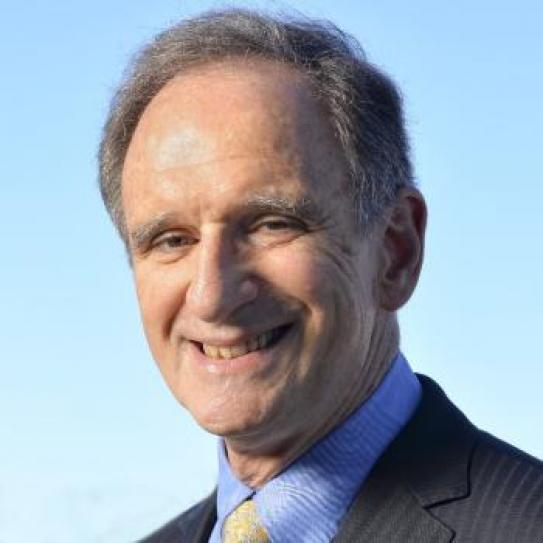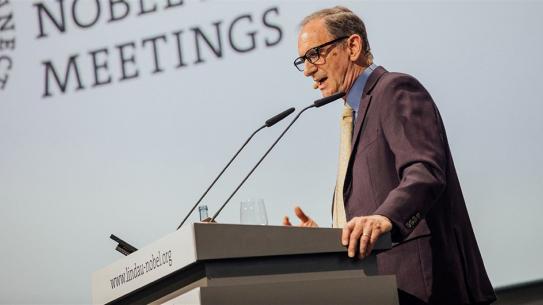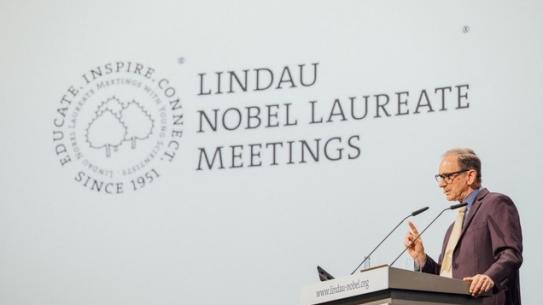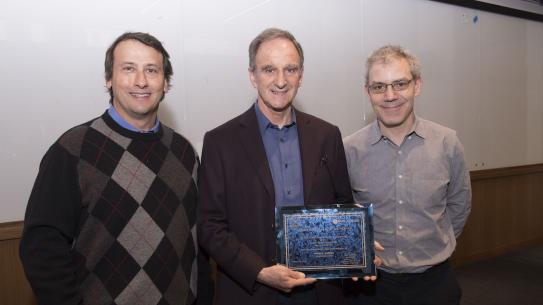Martin Hellman
-
NYU Tandon School of Engineering Presidential Fellow


Hellman speaks at the 69th Lindau Nobel Laureate Meeting
Martin E. Hellman is Professor Emeritus of Electrical Engineering at Stanford University and is affiliated with Stanford’s Center for International Security and Cooperation (CISAC). His recent technical work has focused on bringing a risk-informed framework to a potential failure of nuclear deterrence and then using that approach to find surprising ways to reduce the risk. His earlier work included co-inventing public key cryptography (PKC), the technology that underlies the secure portion of the Internet.
A long-time contributor to the computer privacy debate, he was a key participant in the "first crypto war" of the late 1970s and early 80s that established the right of academic cryptographic researchers to publish their papers, free of government interference.
During the 1980s, Hellman helped develop a meaningful dialog between the Soviet and American scientific communities on how human thinking had to evolve for survival in the nuclear age. This effort culminated in his co-editing the book Breakthrough: Emerging New Thinking, which was published simultaneously in Russian and English in 1987 during the rapid change in Soviet-American relations.
His work has been recognized by a number of honors and awards, including election to the National Academy of Engineering and induction into the National Inventors Hall of Fame. In 2015 he was given the prestigious ACM Turing Award, often called "the Nobel Prize of Computer Science."
Born in New York, NY in October 1945, Hellman received his B.E. from New York University in 1966, and his M.S. and Ph.D. from Stanford University in 1967 and 1969, all in Electrical Engineering. He worked at IBM's Watson Research Center from 1968 to 1969 and was an Assistant Professor of Electrical Engineering at MIT from 1969 to 1971. Returning to Stanford in 1971, he served on the regular faculty until becoming Professor Emeritus in 1996. He has authored over 70 technical papers, 12 U.S. patents, and a number of foreign equivalents.
His most recent project is a book, jointly written with his wife of 50 years, A New Map for Relationships: Creating True Love at Home & Peace on the Planet, which provides a “unified field theory” of peace by illuminating the connections between nuclear war, conventional war, interpersonal war, and war within our own psyches.



